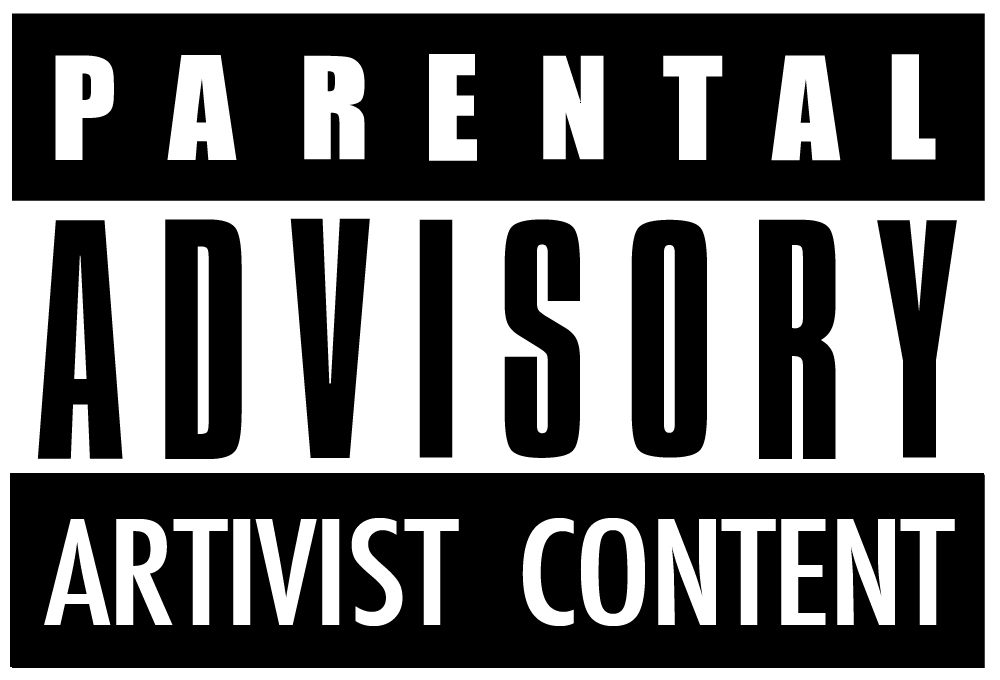Eighteen years ago today, CERN released the source code of WorldWideWeb - the first Web browser and editor - into the public domain.
"CERN's decision to make the Web foundations and protocols available on a royalty free basis, and without additional impediments, was crucial to the Web's existence. Without this commitment, the enormous individual and corporate investment in Web technology simply would never have happened, and we wouldn't have the Web today." - Tim Berners-Lee, Director, WWW Consortium
The WorldWideWeb browser
The first web browser - or browser-editor rather - was called WorldWideWeb as, after all, when it was written in 1990 it was the only way to see the web. Much later it was renamed Nexus in order to save confusion between the program and the abstract information space (which is now spelled World Wide Web with spaces).
I wrote the program using a NeXT computer. This had the advantage that there were some great tools available -it was a great computing environment in general. In fact, I could do in a couple of months what would take more like a year on other platforms, because on the NeXT, a lot of it was done for me already. There was an application builder to make all the menus as quickly as you could dream them up. there were all the software parts to make a wysiwyg (what you see is what you get - in other words direct manipulation of text on screen as on the printed - or browsed page) word processor. I just had to add hypertext, (by subclassing the Text object)
This is a (242kB) screen shot of the browser, taken when things had got to the point that Communications of the ACM was interested in an article, in 1993. The differences between this and the first edition (Christmas 1990) were:
- The whole thing would have been grey scale as NeXTs were at the time just grey scale;
- The inline images such as the world/book icon and the CERN icon, would have been displayed in separate windows, as it didn't at first do inline images.
screen shots of the first browser
[ from Wikipedia - http://en.wikipedia.org/wiki/WorldWideWeb ]
History
Berners-Lee wrote WorldWideWeb on a NeXT Computer[4] during the second half of 1990, while working for CERN. The first successful build was completed on December 25, 1990, after only two months of development.[5] Successive builds circulated among Berners-Lee's colleagues at CERN before being released to the public, by way of Internet newsgroups, in August 1991.[5] By this time, several others, including Bernd Pollermann, Robert Cailliau, Jean-François Groff,[6] and graduate student Nicola Pellow – who wrote the Line Mode Browser – were involved in the project.[5]
The team created so called "passive browsers" which don't have the editing prospects because it was hard to port the ability editing pages like on the NeXT system to other operating systems.[2] The port to the X Window System (X) wasn't possible as nobody on the team had experience with X.[2]
Berners-Lee and Groff later adapted many of WorldWideWeb's components into a C programming language version, creating the libwww API.[7]
A number of early browsers appeared, notably ViolaWWW. They were all eclipsed by Mosaic in terms of popularity, which by 1993, had replaced the WorldWideWeb program. Those involved in its creation had moved on to other tasks, such as defining standards and guidelines for the further development of the World Wide Web – e.g. HTML, various communication protocols, etc.
On April 30, 1993, the CERN directorate released the source code of WorldWideWeb into the public domain, making it free software. Several versions of the software are still available to download from evolt.org's browser archive. Berners-Lee initially considered releasing it under the GNU General Public License, but eventually opted for public domain to maximize corporate support.[8][9]
message from Tim Berners-Lee at the 10 years WWW in the public domain



